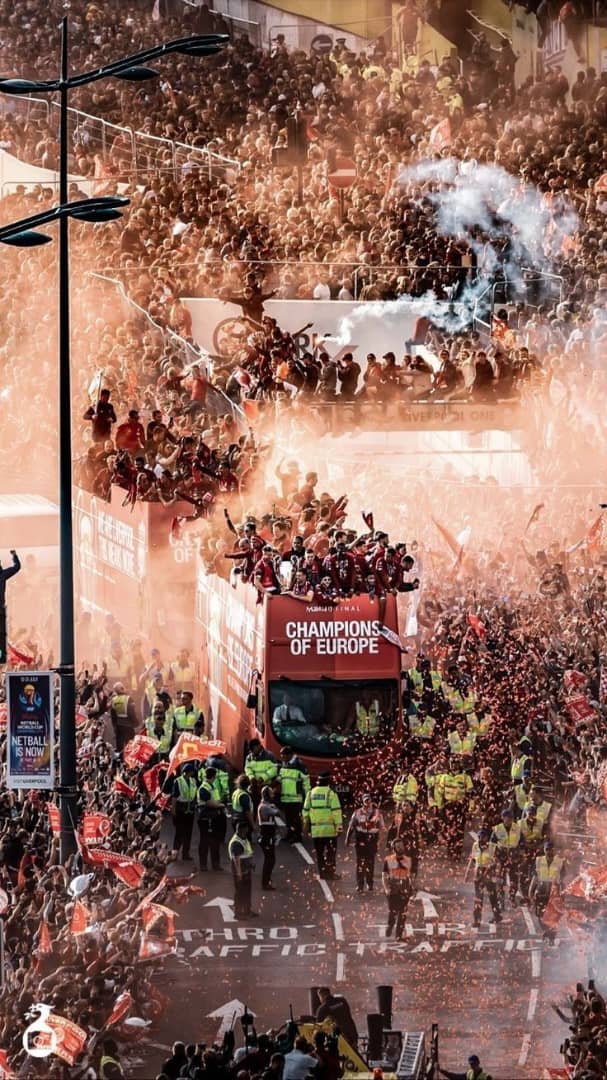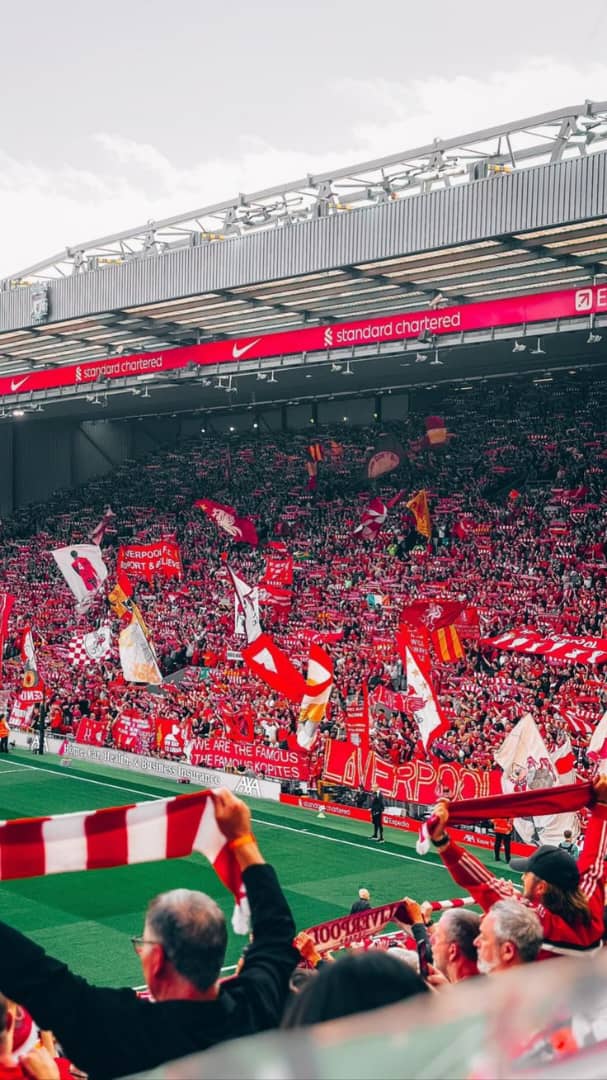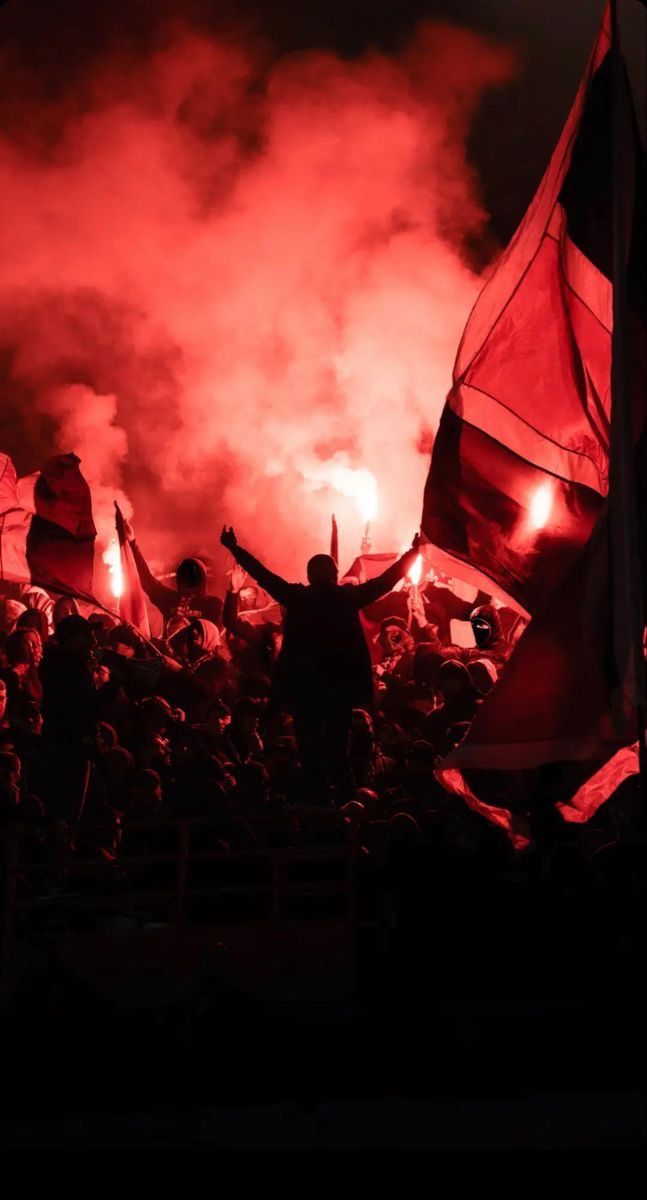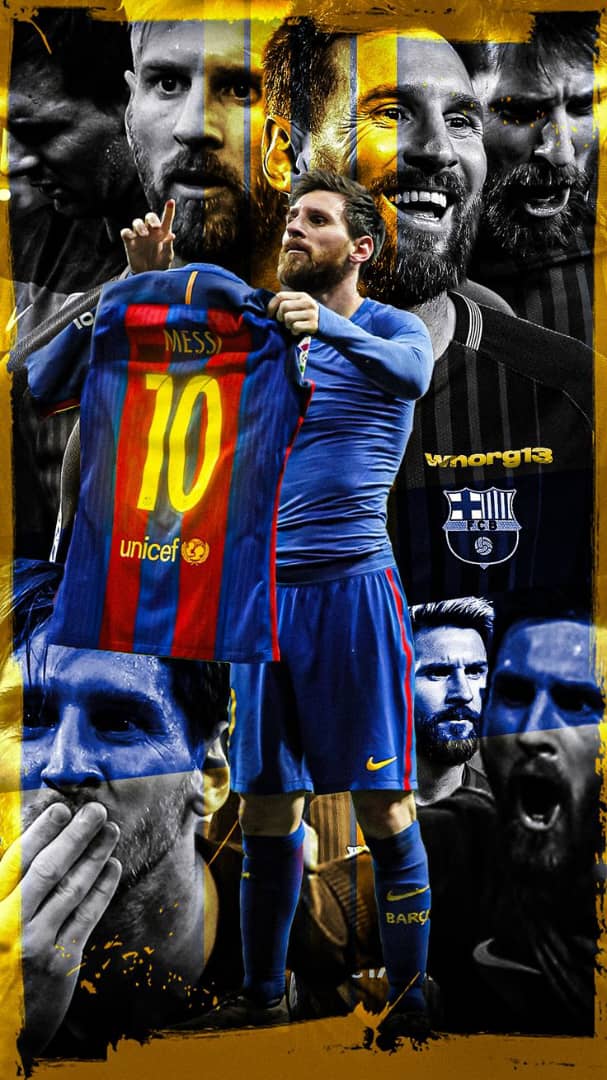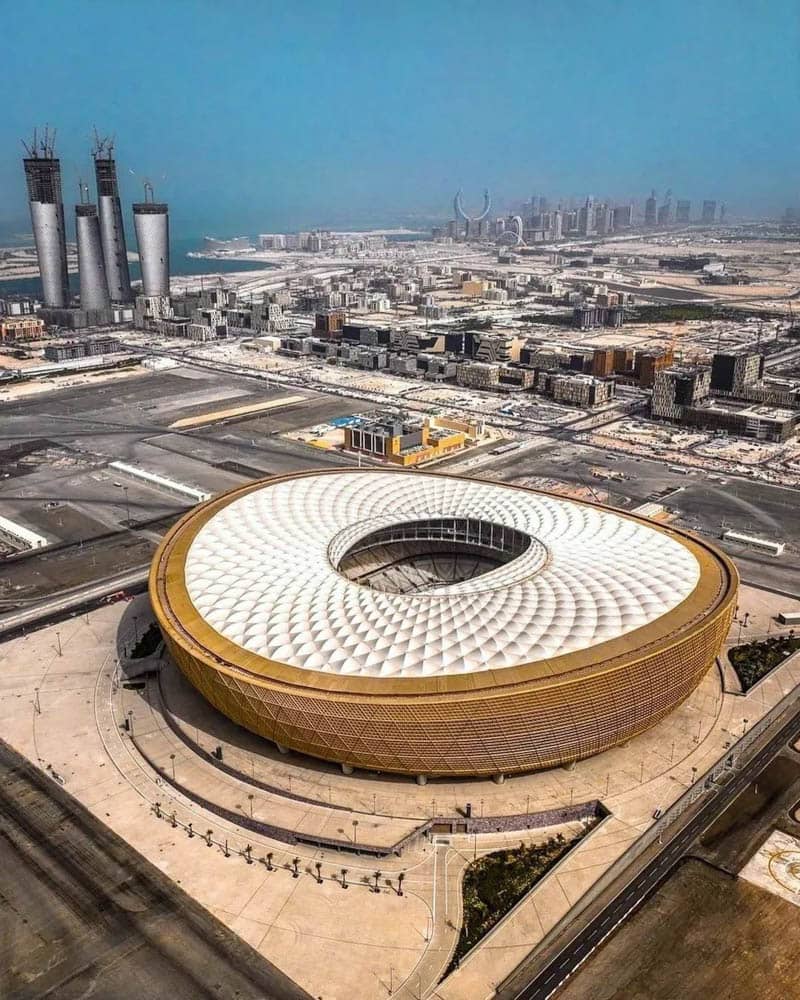
Introduction: More Than Bricks and Steel
Stadiums are more than grand structures where people gather to watch sports. They are temples of passion, arenas of collective identity, and symbols of cultural pride. In football, the stadium is not merely the setting; it is a character in the drama. It holds stories of triumph, protest, pride, and belonging. This blog post explores how stadiums shape, reflect, and reinforce cultural identity worldwide.
Chapter 1: The Stadium as a Mirror of Society
Throughout history, stadiums have mirrored the societies that build and cherish them. In cities like Buenos Aires, Liverpool, or Naples, a stadium is not just a venue—it’s a shrine. The way people sing, celebrate, mourn, and protest within these grounds tells us everything about who they are as a community.
- La Bombonera in Buenos Aires doesn’t just host Boca Juniors—it breathes the working-class spirit of the neighborhood.
- Anfield in Liverpool echoes the grit, soul, and resistance of a city that rose through adversity.
- San Paolo Stadium (now Diego Armando Maradona Stadium) in Naples is not just about football; it’s about defiance, pride, and cultural assertion in a nation that often marginalized the South.
Stadiums speak of heritage, class, geography, and sometimes rebellion. They are mirrors held up to the identities of the people who fill them.
Chapter 2: Stadiums and National Identity
When nations host global tournaments, they often build new stadiums or renovate old ones. These projects become expressions of national ambition and identity. The 2002 World Cup in South Korea and Japan, the 2010 tournament in South Africa, and Qatar 2022 are prime examples.
- FNB Stadium (Soccer City) in Johannesburg was the venue for both the opening and final matches of the 2010 World Cup. But more importantly, it hosted Nelson Mandela’s first speech after his release from prison. It embodies South Africa’s transition from apartheid to democracy.
- Lusail Stadium in Qatar was purpose-built to showcase not only sporting excellence but cultural and technological ambition, projecting a new identity on the world stage.
- In Brazil, the Maracanã Stadium has symbolized both the glory and agony of national football dreams.
These iconic venues often transcend sport. They carry the hopes and identities of nations striving to be seen, heard, and respected.
Chapter 3: Regional and Local Identity
Football is intensely local. Derbies and regional rivalries are more than just games—they are contests of culture, pride, and identity.
- Camp Nou is more than the home of FC Barcelona. It is a bastion of Catalan identity. During Franco’s dictatorship, when the Catalan language and culture were suppressed, Camp Nou became a sanctuary of resistance.
- Celtic Park in Glasgow is the heart of a club that historically represented Irish Catholics, while Ibrox Stadium represented Protestant loyalist identity. Though tensions have eased, these roots remain visible.
- Salt Lake Stadium in Kolkata reflects Bengali football passion. Its intense rivalries between Mohun Bagan and East Bengal express regional and migratory identities shaped by history.
In each of these cases, stadiums serve as stages where cultural boundaries are drawn and sometimes transcended.
Chapter 4: Architecture as Expression
The design and aesthetic of a stadium can symbolize the values of a society or a specific moment in time.
- Allianz Arena in Munich changes colors to reflect who is playing and showcases German efficiency and modernism.
- Beijing National Stadium (Bird’s Nest) represents China’s merging of tradition and ambition in the global era.
- Estadio Azteca in Mexico is built like a colossal bowl, reflecting both ancient Mesoamerican structures and the grandeur of a proud footballing nation.
Architecture isn’t neutral. It is often political, historical, and emotional. Every curve, color, and corner of a stadium has the potential to represent something larger.
Chapter 5: Stadiums as Arenas of Protest and Change
Some of football’s most powerful political and social moments happened inside stadiums.
- In Chile, the Estadio Nacional was used as a detention center after Pinochet’s coup. Its history is a haunting reminder of what stadiums can witness.
- Stade de France was the site of the November 2015 Paris attacks. Yet, it became a symbol of national unity afterward.
- In Egypt, the Port Said Stadium Disaster became a flashpoint for political unrest and mistrust in the system during the Arab Spring aftermath.
These events show that stadiums are not immune to the world around them. They are part of it. They can amplify voices or witness silencing.
Chapter 6: Globalization and the Changing Stadium
The modern stadium is no longer just for locals. Globalization has changed how stadiums are built, owned, and experienced.
- Tottenham Hotspur Stadium is a multi-purpose venue for NFL games and concerts.
- Mercedes-Benz Stadium in Atlanta is a marvel of sustainability and smart technology.
- Allegiant Stadium in Las Vegas represents the American fusion of entertainment and sport.
However, this globalization can come at a cost. Traditional supporters feel alienated. Ticket prices rise. Local identity can be diluted in favor of corporate appeal.
Chapter 7: Memory, Ritual, and Belonging
Fans don’t just go to a stadium to watch a match. They go to remember, to belong, to feel part of something timeless.
- The singing of “You’ll Never Walk Alone” at Anfield is more than tradition—it’s a weekly act of communal identity.
- The tifos in Italian and Turkish stadiums are artistic declarations of loyalty.
- Stadium pilgrimages—to the Bernabéu, Old Trafford, or San Siro—mirror religious tourism.
Stadiums are where myths are born and memories are kept. They hold rituals that bind generations.
Conclusion: Stadiums as Cultural DNA
Stadiums are not just places. They are cultural texts, social arenas, and political battlegrounds. They tell stories of who we are, what we love, what we fear, and what we hope for. They can divide, unite, inspire, and reflect.
In the songs sung, in the murals painted, in the roars and silences, stadiums give culture a place to live out loud. They are the cathedrals of modern identity.
Football may be the beautiful game, but stadiums are the sacred stages upon which it unfolds—in glory, in pain, in pride, and in unity.


